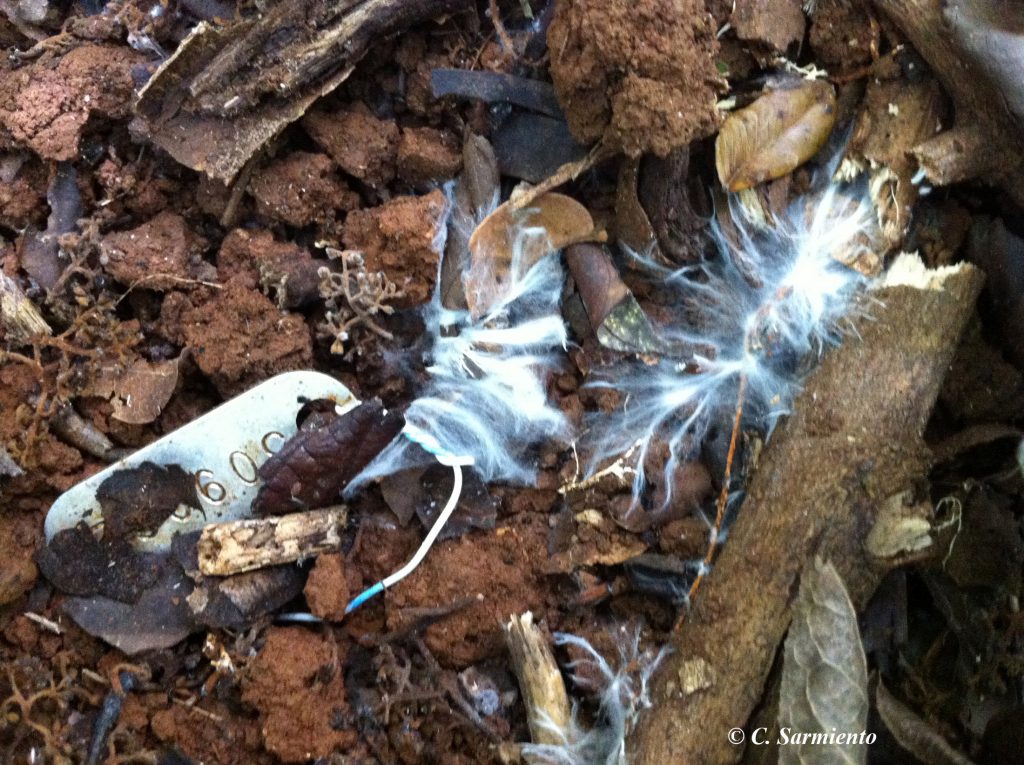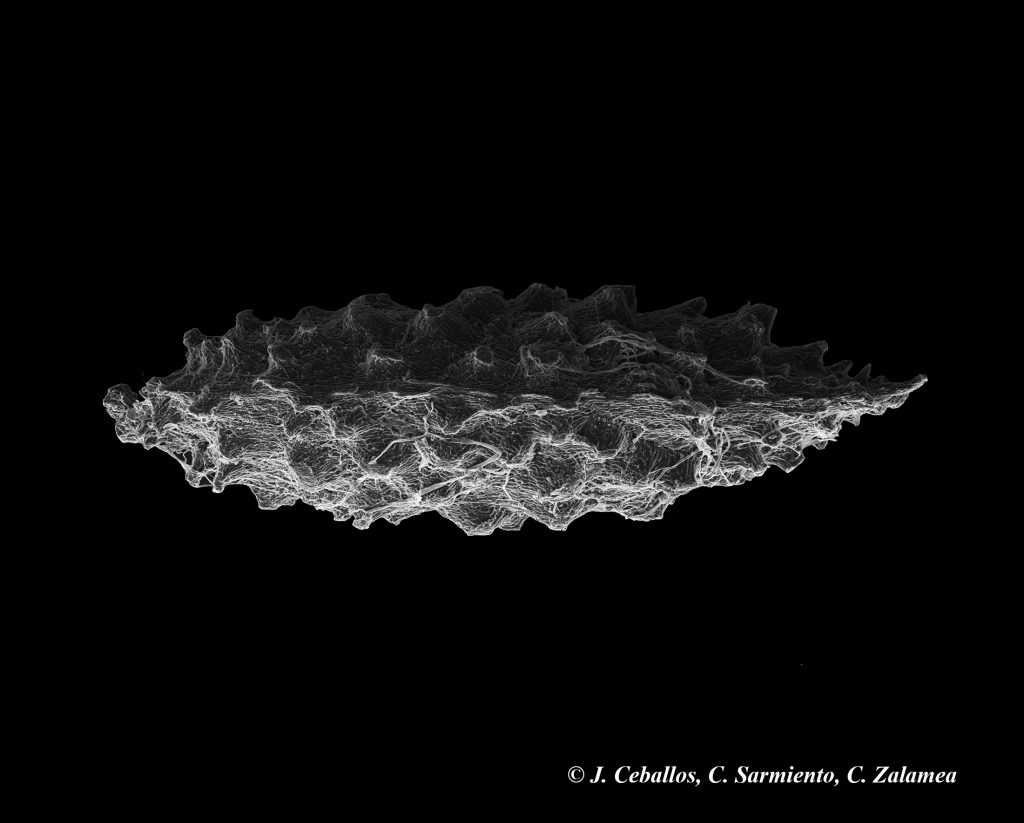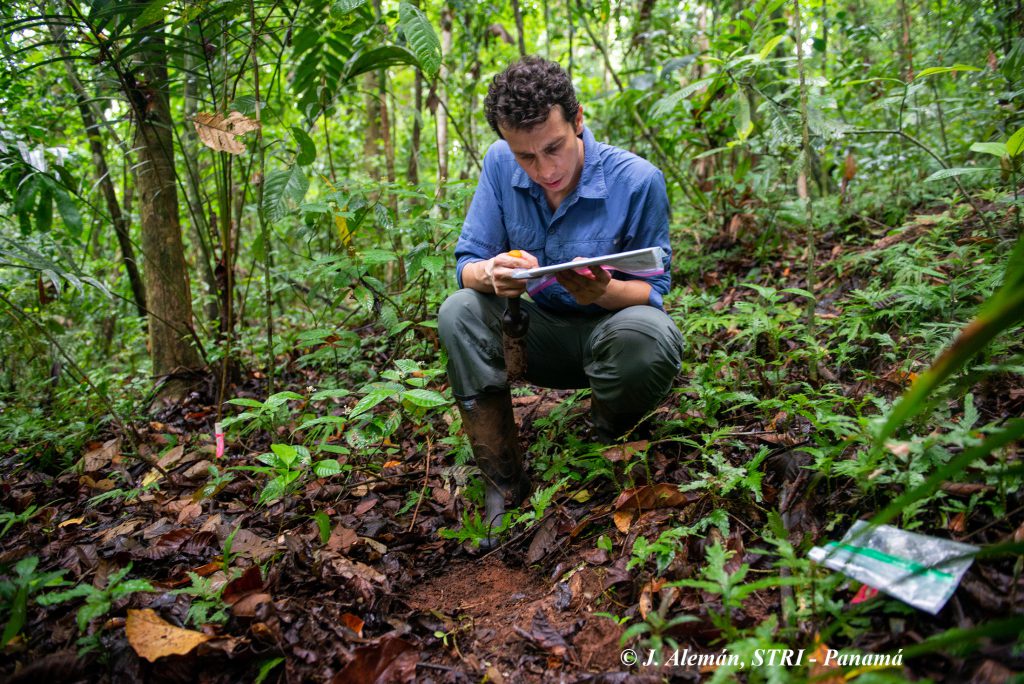Soil pathogens are a major source of mortality of seeds and seedlings in tropical forests and are therefore important potential mediators of forest diversity. Nonetheless, little is known about which microorganisms are responsible for this mortality or the host- and microbial traits that determine the dynamics of infection and pathogenesis. Together these unknowns form a critical gap in our understanding, impeding our ability to determine host-specificity of these interactions – a central component of the body of ecological theory that links soil, microbes, and plants in the processes of forest dynamics. We strive to fill this knowledge gap using field and laboratory experiments in which we link variation in physical and chemical defenses of seeds with microbial ecology. In particular, we study the factors that influence seed persistence in the soil, where seeds must persist and survive microbial attack.We are interested in the functional traits and dynamism of plant-associated microorganisms (with particular interest to fungi), and exploring why the outcomes of plant-microbial interactions can be variable across space and time. Indeed, understanding how fungi colonize plants without causing disease constitutes a central question in fungal ecology and plant biology, and it is likely tied to environmental factors as well as the rich microbial context in which key interactions occur. One area of important focus lies at the interface of pathogenic/nonpathogenic fungi: we know that transitions between asymptomatic versus pathogenic life modes may be highly labile in a phylogenetic context. The functional specificity model (see Sarmiento et al. 2017 PNAS, 114(43): 11458-11463) may account for how virulent pathogens maintain their populations in nature – such that research framed by this model could help us to explain why asymptomatic infections by fungi prevail so dramatically in natural ecosystems. Specifically we would like to address the persistence and dynamics of (a) soil seed banks and (b) endophytes in seedlings and saplings, with attention to the diverse costs and benefits that may be conferred by these plant microbiome components. Using culturing, next-generation sequencing, and manipulative experiments, we ultimately hope to answer how non-pathogenic fungi interact with plant hosts without engaging host defense responses.



